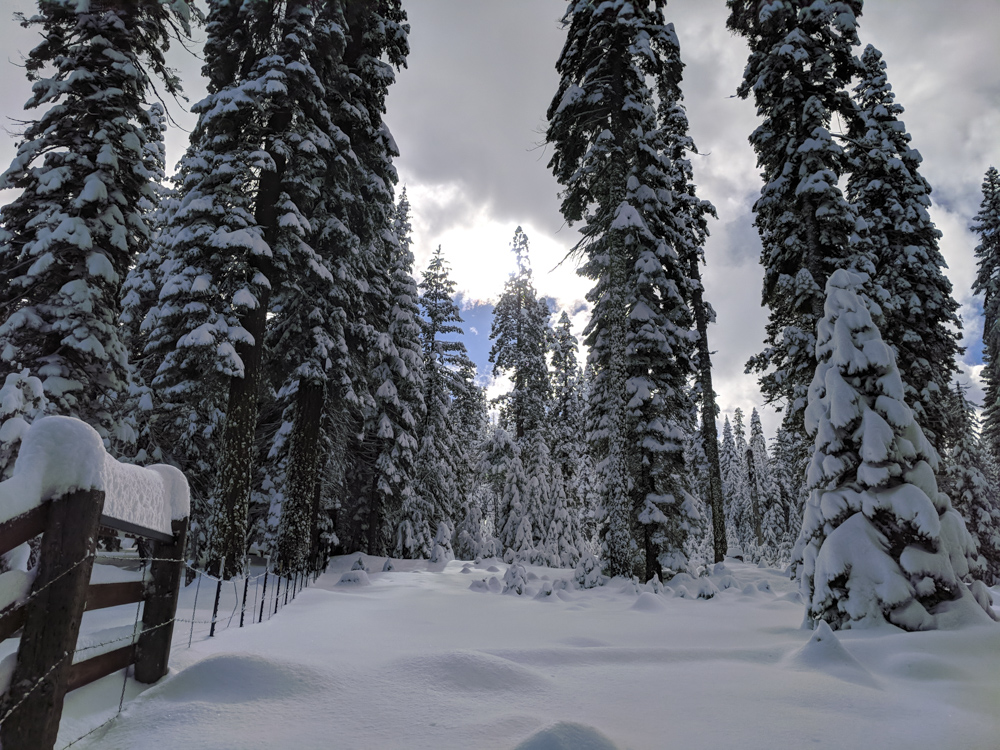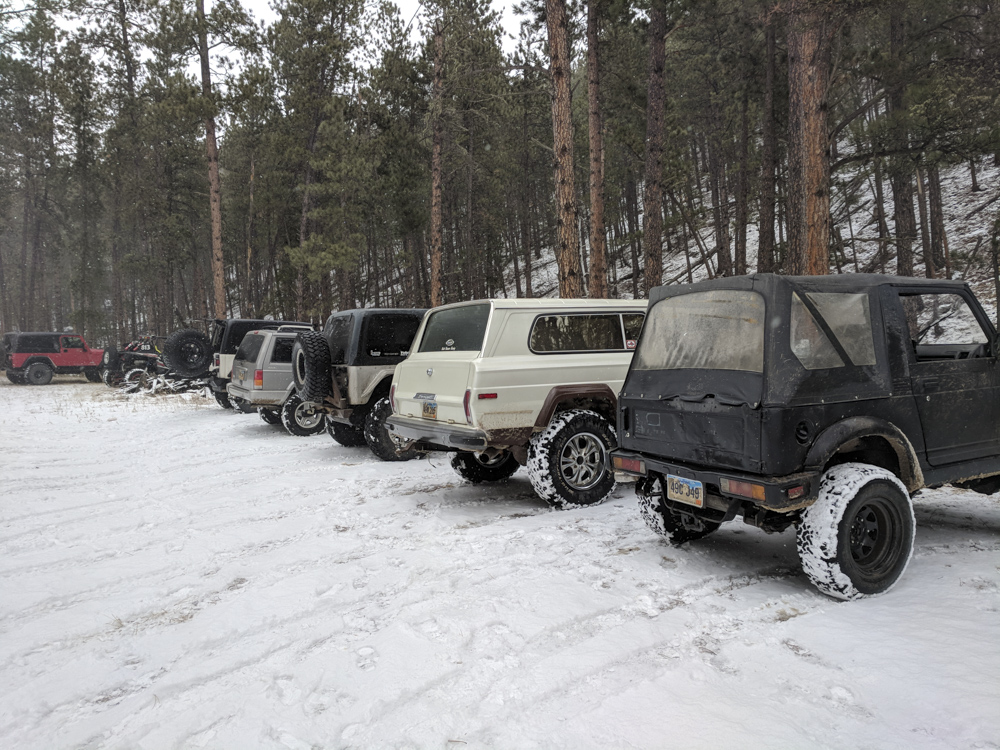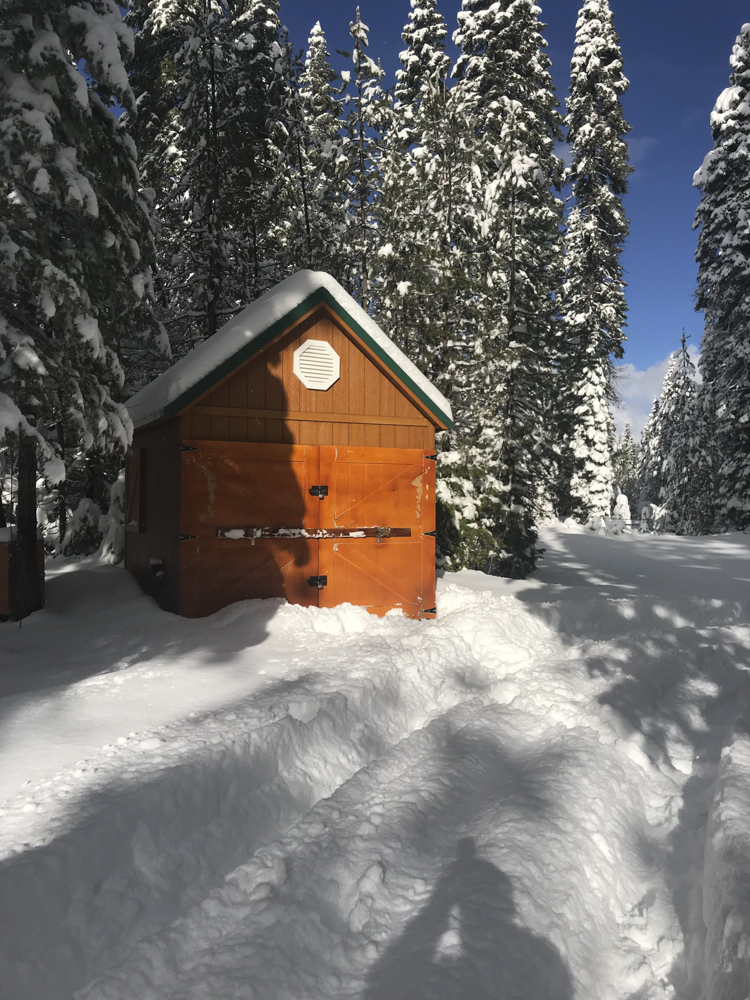Community, Event Coverage, Regional Coverage, Tech
Winter Wheeling: Preparation Required
Originally Published in Issue 30 of 4Low Magazine
Make sure to subscribe to get the newest issues of 4Low Magazine right to your mail box. CLICK HERE
By the staff of 4low Magazine
No matter where you wheel, it makes sense to account for the weather. In the planning, preparation and on the trail. Weather is the biggest factor that plays a role all year long as to whether your trip will be enjoyable or a miserable slog.
In summer we prepare for the unexpected rain storm and the 100° temps with extra water and a little bit of gear. We know that as long as we stay hydrated, it’s unlikely we’re going to die.
Winter is another story. So much can go wrong in a hurry and without proper planning, dying is a real possibility. We love the stories that start out going wrong that end happily, but not one of us can afford the story that starts with, he didn’t plan well.
What can we do to prevent the sad story? Plan and prepare.
1. Make sure your rig is in top condition, we all know that mechanical parts can break, but don’t start out with a known failure point that you simply haven’t gotten around to yet. Got a bent axle, worn u-joint, brake pad missing? Go ahead and fix those before you hit the trail.
2. Don’t go alone. If you can take someone with you who has been on the trail before, that’s a bonus, but at least don’t go with only one rig.
3. Check in with someone before you go and again when you get out. Set a time limit and a plan for what they should do if they don’t hear from you by an expected return time. It’s ok to pad that with a few hours so they don’t needlessly get excited, but give them a time and a plan. If they call your father-in-law if you don’t return or if they call the Sheriff, let them know what’s expected, don’t leave them guessing.
4. Got a radio? Expect your cell phone doesn’t work in a remote area. Next best is a HAM radio, a race radio is a good backup to that. HAM will reach a lot farther. If you’re in a valley, you might need to climb out to get coverage.
5. There are a number of handheld emergency devices. Spot, etc. where you can activate in an emergency. If you do these kinds of adventures regularly, you might want to consider that.
6. Extra clothes. Having something to change in to if you get wet will go along way to preventing hypothermia. Fresh socks and boots are a must. Grab a dry bag from stuffsack.com to carry your gear in and keep it dry.
7. Food and water. While you may just plan to be gone for a few hours, weather setting in can change that, bring along extra food and water, I mean, it’s not like it goes bad if you don’t use it on the trail. Dehydration can happen in the winter months as well.
8. Fire stuff. Heat is your friend in the winter months, if your car is buried in snow, you don’t want to be running that. If you run out of fuel, or your battery isn’t working, it may not be an option. So carry firewood, firestarters, a duraflame. Be prepared to light a fire.
9. When all else is going wrong, sometimes you’ve got to get out of your spot on your own. Be prepared with hats, gloves, scarfs. You know, appropriate winter gear. Have enough for your friends too. Snowshoes might be worth the investment so you can climb out as well.
10. From a trail perspective, be cognizant of the damage done to a trail in wet, muddy, snowy conditions. If the terrain is not one that can repair itself, consider taking a different trail when the weather is bad. If the terrain will force you to go off the trail because you can’t get through it, don’t go at all. Don’t be the reason the trail doesn’t remain accessible to all.
Ultimately, you are responsible for your own safety. Be prepared so the stories you tell will be happy ones.



